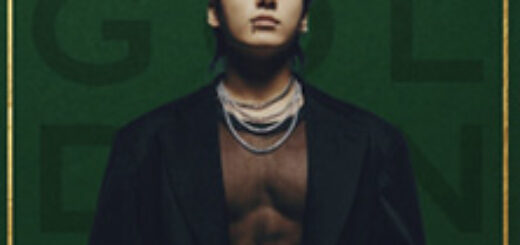Whiteness still dominates the LGBTQ+ representation in film and TV

By Riggs Zyrille Vergara, Publishing Editor
From the crazed holiday lesbian rom-com Happiest Season starring Kristen Stewart and Mackenzie Davis to the two new seasons of the world-renowned Rupaul’s Drag Race airing at the same time, one would say that LGBTQ+ representation in TV and film is finally thriving.
According to the 2020 report of LGBTQ+ media advocacy group GLAAD, of 118 films produced by top movie studios during that year, 18.6 per cent of them had characters that identified as lesbian, gay, bisexual, or queer. Disappointingly, there weren’t any transgender characters recorded for that year. However, in the report’s eight-year history, 2020 featured the highest number of queer characters yet.
On the other hand, for broadcast primetime scripted programming, GLAAD’s 2020-21 report saw a slight decrease in queer representation, from 2019’s 10.2 per cent to this season’s 9.1 per cent. This means that out of the 773 series regular characters, only 71 identify as LGBTQ+. Although it is considered a drop in representation, this much of a decrease was expected due to the halted productions caused by the COVID-19 pandemic.
On the surface, this may look like progress. But, in the fine print of every annual GLAAD report, there’s been one call that major studios have not answered yet — the need for more queer people of colour.
A Downward Trend
For the past three years, the racial diversity of LGBTQ+ characters in films has been seeing a decline in numbers, going from 57 per cent in 2017, to 42 per cent in 2018, and finally, only 34 per cent in 2019. Of all the characters analyzed in 2019, 66 per cent were white. Even when GLAAD examined the 2019 film releases of four smaller art house film studios, they still found all the LGBTQ+ characters to be white gay men.
It’s Still White
Even with the inclusion of queer people of colour in these films and shows, it seems that their storylines always centre around whiteness.
A special mention from GLAAD’s report is Poe, a gay Latino character living with a disability in the film Five Feet Apart, who dies to further the plot of the central white straight characters. “When there is only one gay character in a project — whose story culminates as a plot device for a straight romance — it does not send a positive message to audiences for that character to then also die,” the report says.
In the 2018 hit gay rom-com Love, Simon, the central character is once again a white gay man. The film was mostly met with positive critique, but it was not without flaw. The film did not make an effort to create a fully realized identity for its romantic interest, who happens to be Black. Throughout the film, he was put in the background, hidden in the veil of his words through online messages. He became a mere instrument to the emotional journey of another struggling white gay man.
Another point of critique from Love, Simon was how it portrayed the only other queer person of colour included in the film. Ethan, played by Clark Moore, is the total opposite of the titular Simon. He is an effeminate student with long hair who always dresses in a flamboyant way. When he comes out, he is ridiculed by everyone else. Even though it’s already been a long time since his coming out in the film, he’s still considered an outcast. But, when someone like Simon comes out, as the film eventually shows, he was accepted. This is because Simon fits the normative view of the white gay man who is only defined as queer by his romantic attractions and not by the way he looks.
In the realm of TV Shows, there always seems to be a trend where if a person of colour is in a romantic relationship, it has to be with a white person. Rarely do we see two people of colour in a queer relationship. This includes Brooklyn Nine-Nine’s Raymond Holt and Kevin Cozner, Never Have I Ever’s Fabiola and Eve, Glee’s Santana and Brittany, I Am Not Okay With This’ Syd and Dina, Hollywood’s Rock Hudson and Archie Coleman, How to Get Away With Murder’s Annalise Keating and Eve Rothlow, Superstore’s Mateo Fernando Aquino Liwanag and Jeff Sutton, Shadowhunter’s Magnus Bane and Alec Lightwood, and many more.
Why We Need More
Since GLAAD started its yearly report eight years ago, they have been demanding production companies to increase their LGBTQ+ representation. But the demand for representation of queer people of colour in the media has long been overdue. Time and time again, it’s been shown that there’s an audience for inclusive queer stories in the mainstream.
But, marketability aside, the impact of highlighting diverse queer stories to younger queer people and their families and friends is monumental. A study on queer women of colour, completed by the Faculty of Social Work at the University of Toronto, mentions that queer people of colour are more likely to have less understanding communities and families than their white counterparts.
A participant of the study, who is a queer woman of colour and masculine of centre said, “When I was in high school, being bullied, people were like, ‘I don’t think Black people should be gay.’ That came from another Black person. So, if you only see white people in the media, then people think that it is a white thing.”
This just goes to show how much racialized communities need this representation. The more we show people of colour who are queer in the media, the more we realize that this is also our community’s thing. It’s also our issue, our conversations and our freedom.





